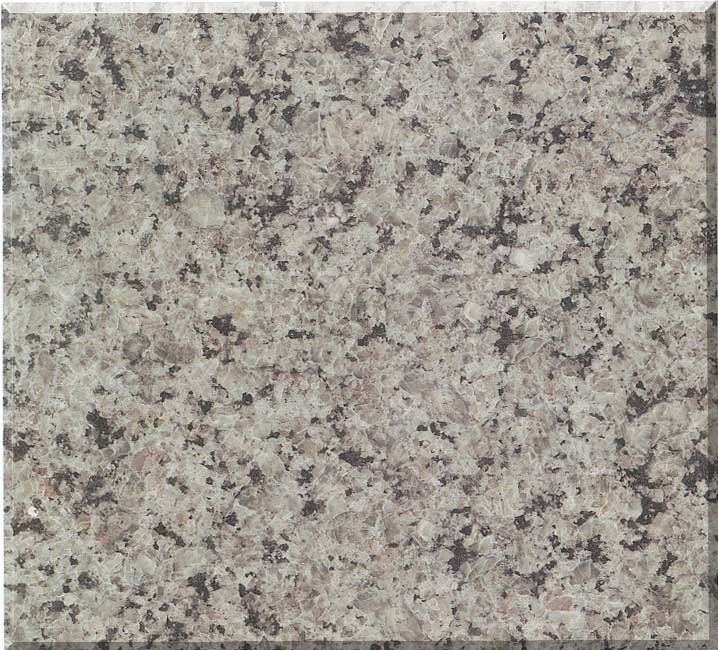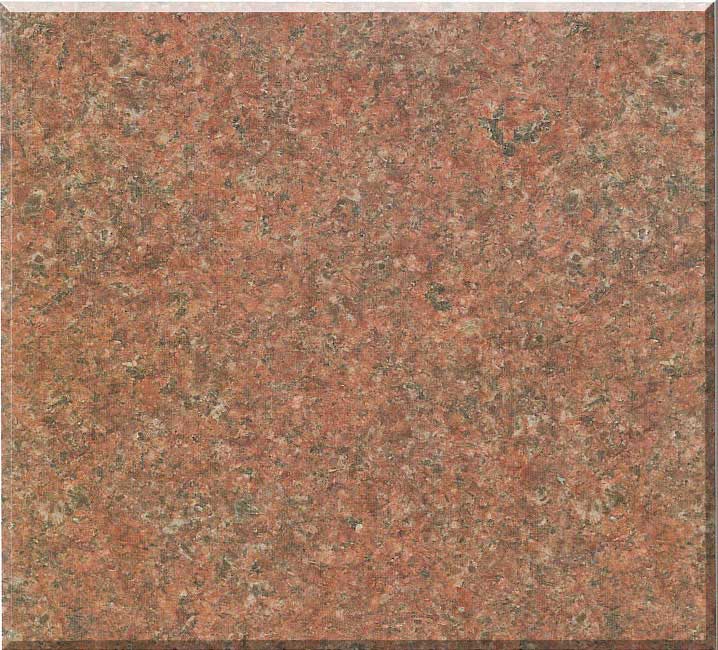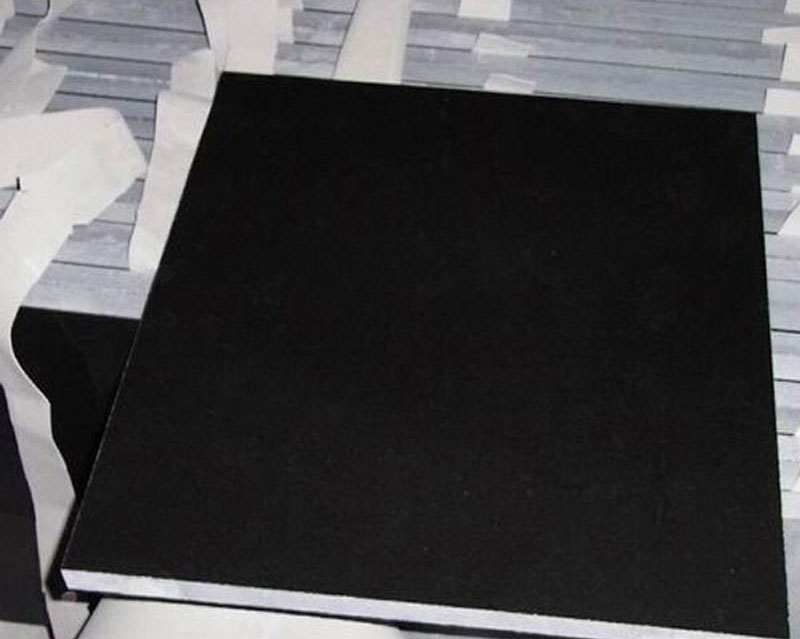How Granite & Marble is Quarried

quarrying natural granite & marble and installing it in someone’s home is an incredibly long and arduous process. Removing a 40,000-pound block of stone from the earth and turning it into a handcrafted countertop or gleaming marble floor is not easy. There are many steps and intricate details which cannot be overlooked in order for a piece of stone to find the perfect setting where it will look beautiful for years to come.
Granite & Marble Quarrying
the first step to finding the perfect slab is finding an optimal deposit of material with desirable color, pattern, and composition. This requires geologists to look for stone outcrops which are more easily examined since the bedrock is exposed. Samples are then obtained by boring into the earth to take core samples with expensive diamond-tipped drill bits. These samples are then tested to determine if the stone is suitable for use as dimensional building stone. Later they are polished so that their color and pattern can be examined to determine marketability.
Once this is done, the owner applies for a concession for the quarry area. After the concession is purchased, the next step is to apply for all of the correct licenses from the local, state and federal government. This is a lengthy process in the United States and an even longer process in third world countries where corruption can exist on every level of the application process. Sometimes it can take years for the necessary “approvals” to be authorized. All of the paperwork must be submitted before the actual quarrying process can begin.
Clearing the way to reach the best material allows a quarry to reach its full potential. Each quarry presents a unique challenge for the extraction of blocks. There may be months of removing overburden, or dirt, before the stone is accessible. Many times innovative construction, such as building roads or digging tunnels, is necessary to access the quarry. At other times, the quarry faces the complex challenges of being in the middle of a war zone, or the extremes of glacial temperatures.
It takes lots of experience, vision and hard work to bring a quarry into full production. A good quarry manager is able to control how to material is removed based on the veining and coloration within the deposit. The manager must have the vision to see how the stone "flows" through the quarry. The same stone can take on many different looks just based on how the block is cut from the wall and later processed. If it is cut with the flow of the source stone, it is called Vein Cut. Vein Cut highlights the movement in the rock. Alternately if the block is cut against the vein, Cross-Cut, it creates a more uniform look for the stone.
After the quarry manager decides how to extract the blocks, the drilling can begin. The process starts by taking down a “bench wall,” a large dimensional chunk of rock that is then cut into smaller blocks which will eventually be sent to the factory for processing. The bench walls are cut using a combination of diamond wire cables, drills and even high temperature torches that will melt the stone. Dirt is pushed up against the base of the wall to cushion the fall, and small dynamite charges jar the wall loose to bring it down to a horizontal position. The blocks can then be drilled from the bench wall. Blocks of a given type of stone usually have a fairly uniform size, due to the size of the processing equipment used. Granite blocks usually weigh between 38-42,000 pounds, while lighter marble and travertine blocks weigh between 15-25,000 pounds.
Once the blocks have been extracted, the journey to the processing facility can begin. For blocks processed in the same country, the trip is short in distance, but long in duration. The blocks could be high in the mountains of Brazil or off the beaten paths of India. Others are bought by overseas processors with skilled speculative buyers who combine geological science with an eye for color to select the best blocks for processing.





